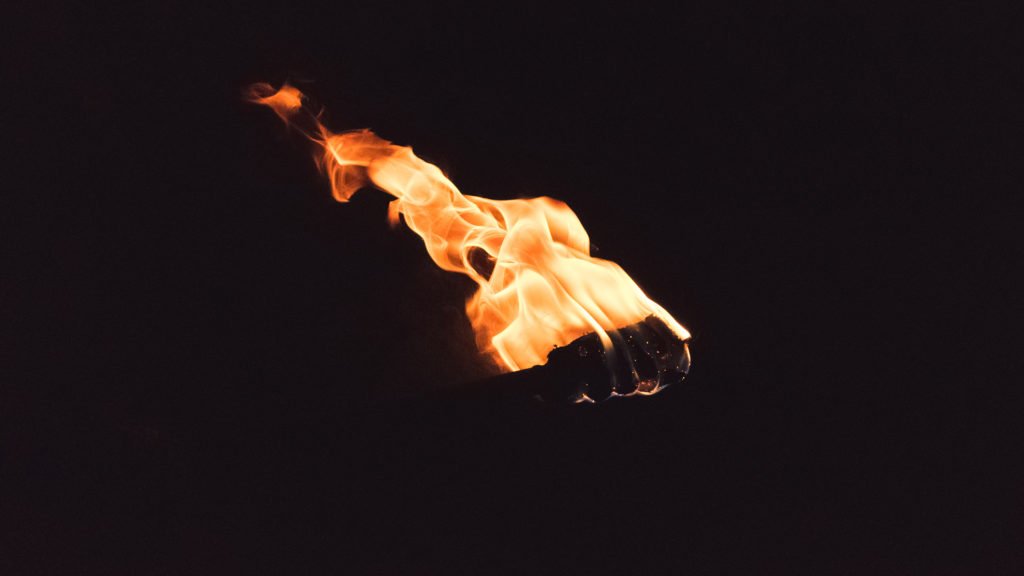
It was the Titan, Prometheus, who created man.
Prometheus glanced down on the Earth and noticed that rainwater was making nature live, without it trees and bushes died, giving way to desert.
Prometheus discovered the power of earth and water, so he mixed clay with water, moulding the shape of the first man.
It was in the shape of the gods that he created mankind.
For some, the well trodden mythology of the theft of fire from the gods by Prometheus, to share with humanity is seen as both a great sacrifice and a parable, that not even a titan is allowed to share the tools of the gods.
But fire and stone isn’t the only lesson which the Titan Prometheus can teach us, even in his punishment, chained to a rock, suffering in agony as his liver is eaten by an eagle, eternally, he gave us one more gift.
Regeneration.
It appears that even the ancient Greek’s knew of the liver’s ability to regenerate after injury, it’s an ancient learning hinted through mythology and yet, only recently have we really started to unravel the mechanisms of regeneration, not just in the liver but across the bodies of humans and other multicellular organisms.
“In Biology, Regeneration is the process of renewal, restoration, and growth that makes genomes, cells, organisms, and ecosystems resilient to natural fluctuations or events that cause disturbance or damage”
So what do we, as humanity now know about regeneration?
- We know that our DNA has built in repair mechanisms
- We know that our cells have “shredders” which are constantly on the search for damaged proteins, destroying the old to ensure our cells continue to function.
- We know that our tissues are constantly replenished by adult stem cells, as we get broken down by wear and tear, our bodies do an incredible job of repairing us, until they can’t.
- We know that some organisms still retain their regenerative capabilities, long past the embryonic stage.
- Flatworms can be cut in half and regenerate entirely, salamanders retain the ability to regenerate organs, eyes, tails and many more of their body parts and humans retain a limited amount of regeneration (although not the ability to regenerate damaged organs or limbs… yet).
So can we 3D print human organs yet?
No, not yet but we’re starting to understand some of the most complex technologies on this planet, DNA, proteins, cells and our living tissues, which turn chaos into order.
We have been able to strip hearts of cardiac cells, repopulate their scaffolding and restart them, they beat.
We’ve been able to keep lungs alive outside of the human body for a few hours (previously they’d foul within minutes), match and transplant hearts, lungs, kidneys and more successfully into living donors and this is just the beginning.
The technology of life
We’re beginning to understand the language of the gods, DNA is the code in which life is written and as we remember, in memorial, those who have lost their lives or have been severely wounded in battle for our freedoms, we can now offer them a glimmer of hope.
This year, the Department of Defense launched a new Organ preservation initiative supported by the Organ Preservation Alliance and New Organ. Companies like Organovo are now printing more and more complex tissues, we can, as of today, grow organoids (small organ like tissues) of most major human organs and researchers at universities across the globe are diving deeply into regenerative medicine and the development of a new area of science, organogenesis.
Prometheus, on that rock of eternal damnation, gave us one last gift, regeneration.



